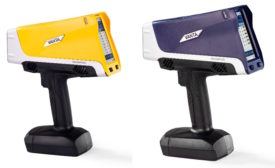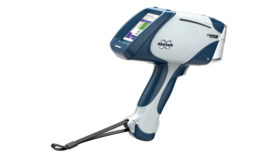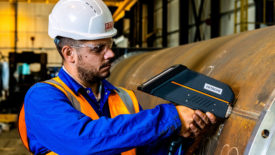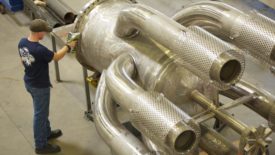Home » Keywords: » XRF analysis
Items Tagged with 'XRF analysis'
ARTICLES
NDT | XRF
The versatility of XRF technology extends across a wide range of industries, including automotive, aerospace, electronics, pharmaceuticals, and more.
Read More
New Product
Evident Scientific Next-Generation Vanta Handheld XRF Analyzers
January 23, 2024
NDT | PMI Part 3
Evolution of PMI Technology: Advancements in Handheld XRF Propel Accuracy, Connectivity, and Efficiency
The suite of tools available for PMI has grown.
October 13, 2023
NDT | PMI Part 2
On-Site and Real-Time PMI Testing: Faster Decisions, Enhanced Productivity, and Cost Savings
Learn more about the advantages of positive material identification (PMI) testing.
October 12, 2023
NDT | PMI Part 1
Ensuring Quality and Safety in Manufacturing: The Role of Positive Material Identification
PMI is a vital nondestructive testing method for quality assurance and safety.
October 11, 2023
NDT | XRF
Streamlining quality control in manufacturing: the power of LIBS and HHXRF technologies
HHXRF and LIBS technologies have transformed quality control processes in manufacturing.
September 14, 2023
NDT | XRF
Enhancing Automotive Safety With Real-Time Composition Analysis
It is crucial that the compositions of metals and alloys used in automotive fasteners are verified through stringent quality assurance.
April 14, 2023
NDT | Back 2 Basics
How Handheld XRF Has Revolutionized Metal and Alloy Analysis
Handheld XRF can help manufacturers streamline their quality control processes.
November 15, 2022
Stay in the know with Quality’s comprehensive coverage of
the manufacturing and metrology industries.
eNewsletter | Website | eMagazine
JOIN TODAY!Copyright ©2024. All Rights Reserved BNP Media.
Design, CMS, Hosting & Web Development :: ePublishing









